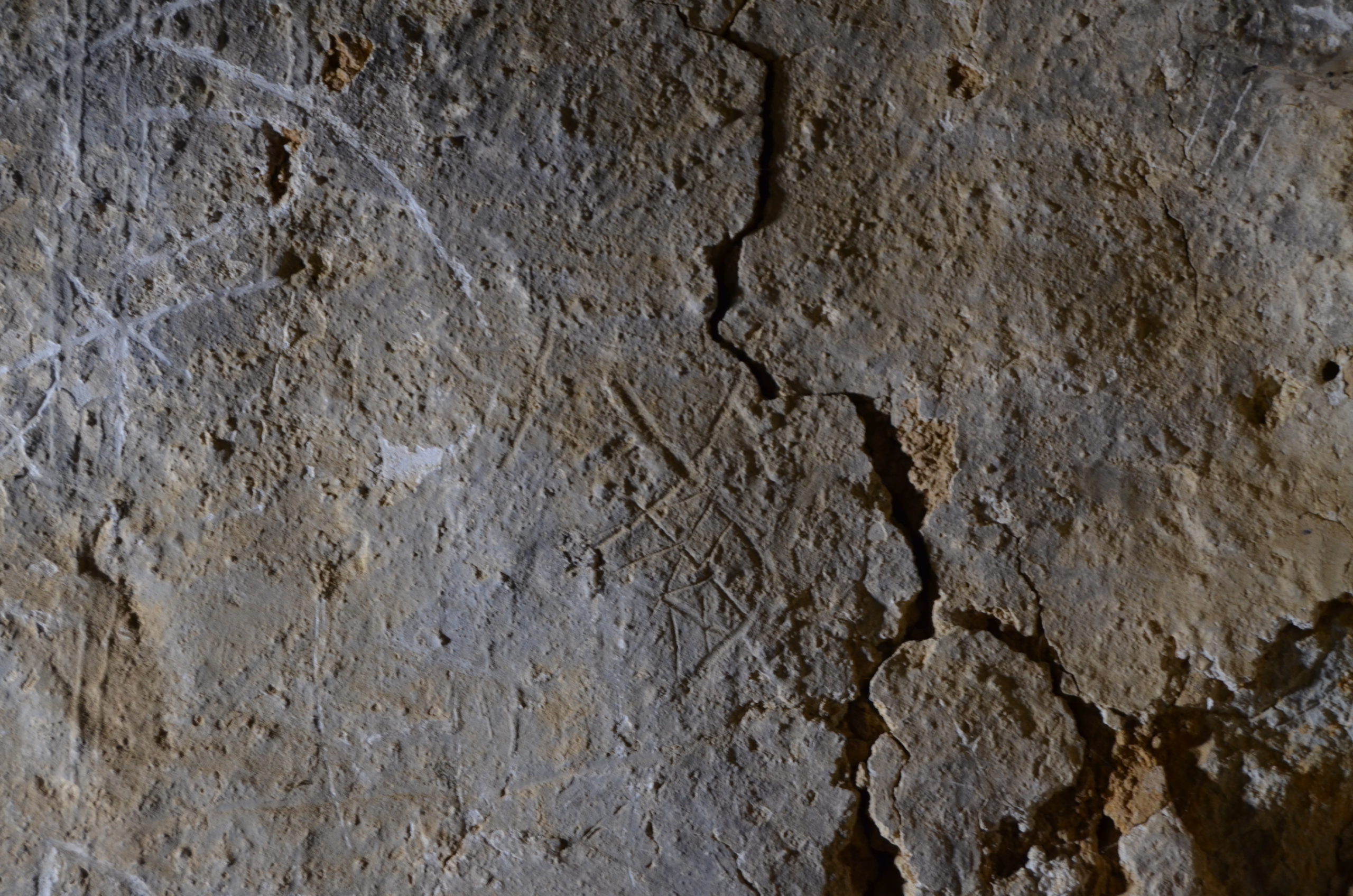Type of site:
Rock-shelter with small caves hosting a Visigothic church and Prehistoric sites.
Place of location: Socueva
Village/Town: Arredondo
Municipality: Arredondo (Cantabria)
Region: Cantabria
State: Spain
Website: https://aytoarredondo.com/
Natural Environment:
San Juan of Socueva is located in the neighborhood of Socueva belonging to Arredondo. This construction takes advantage of the base of a limestone rock 150 meters wide. The surrounding landscape is conditioned by the important encasing of the Asón river, forming an incision in favor of a long stretch of the Selaya-Arredondo fault. The neighborhood and the church stand on a small lateral valley in the form of a balcony overlooking the left bank of the river. Thus, all of this is located in a karstic environment that favors the existence of other caves near San Juan de Socueva, such as La Llosa cave, Del Portal cave, Suaría cave and La Porquera cave.
Archaeological evidences in the site:
The San Juan of Socueva shelter and its respective cavities treasure a wide variety of archaeological contents of different kinds. The most outstanding are the church itself (together with its findings) and the cave paintings (parietal remains of pigments from the “red ochre” family, engravings on rocky supports and graffiti on the plaster inside the church). But apart from this, the following can be highlighted: lithic industry from the Middle Palaeolithic (materials in shale, flint and quartzite such as slashes, quina, denticulate…), from the Upper Palaeolithic – Epipalaeolithic (flint materials), from the Mesolithic (?) terrestrial malacofauna, from the Neolithic, Chalcolithic, bronze pieces of ovoid pottery with plastic decoration and from the High Middle Ages pottery dated between the 9th and 10th centuries.
Bone remains were also found in this complex. Faunal remains, including 2 cat femurs, 3 human remains (proximal femur epiphysis, femur diaphysis and long bone diaphysis).














